The pair of beheaded stone dragons, the story of the tomb buried at the Nam Giao altar and a historical legend about Binh Khuong who committed suicide to defend her husband... These are the unsolved mysteries surrounding the Ho Dynasty Citadel heritage.
The Ho Dynasty Citadel (Vinh Long and Vinh Tien, Vinh Loc district, Thanh Hoa province) is one of the most unique stone architectural works in Vietnam and the world . This work was built by Ho Quy Ly in 1397. After more than 600 years of existence with many historical events, most of the imperial citadel has been destroyed, but the citadel remains almost intact. On June 27, 2011, the Ho Dynasty Citadel was officially recognized by UNESCO as a world cultural heritage.
Ho Dynasty Citadel - World Cultural Heritage
A pair of headless stone dragons and a giant burial tomb at the Nam Giao Altar
The story of the construction of the Ho Dynasty Citadel will probably forever be a big unanswered question. However, even the things that still exist here until now still make people wonder and find answers, such as the story of the pair of headless stone dragons lying parallel to the road inside the citadel from the South gate to the North gate.
The pair of dragons are meticulously carved from a single block of green stone. The dragon's body gradually tapers towards the tail, with seven curves and is covered with scales. The dragon has four legs, each with three claws and soft curls of fur. The dragon's head is now lost, but its long, nine-fold curled mane remains. The spaces under the belly and the triangular panels that form the steps are all carved with chrysanthemums and soft curls. The pair of dragons is 3.8 m long and is the largest pair of dragon statues discovered in the feudal dynasties of Vietnam.
Close-up of stone dragon carved from a single block of green stone
According to Mr. Nguyen Xuan Toan, Deputy Director of the Ho Dynasty Citadel Heritage Conservation Center, the pair of stone dragons were discovered by the French in 1938 when they built an inland road in the citadel, not by local people as rumored. "According to our research, these dragons are similar to the dragons carved on the steps of the Thang Long Imperial Citadel ( Hanoi ), Lam Kinh main hall (Thanh Hoa)" - Mr. Toan said.
As for why the dragons lost their heads and who cut off their heads? Until now, there has been no well-founded explanation.
According to the elders in the village, there is a story that has been passed down from ancient times that because the dragon's head was facing the village, fires often broke out in the village. Believing that the dragon breathed fire and caused trouble, the local people cut off the dragon's head. There is also a very mysterious story that the dragon's head contained precious gems and jewels, so taking advantage of a stormy night, a group of people cut off the dragon's head and took it to another place to get the jewels.
Regarding this, Mr. Nguyen Xuan Toan said: “Everything is just speculation and word of mouth, there is no document or history book that records why the pair of stone dragons lost their heads. The loss of the two dragons’ heads could have been caused by the Ming army, because during the excavation and collection process, the Ho Dynasty Citadel Heritage Conservation Center also discovered a number of other headless animals such as the stone unicorn.” 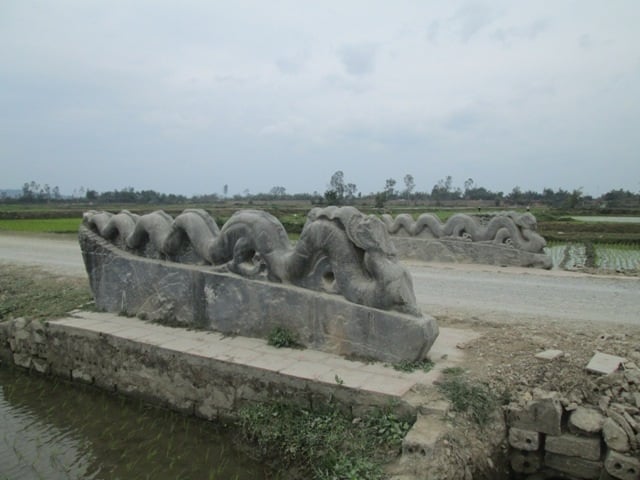
The strange thing did not stop there, around April 2012, during the process of restoring the Nam Giao altar relic belonging to the Ho Dynasty Citadel heritage, archaeologists discovered a giant burial tomb with a relatively intact skeleton inside.
The skeleton is in a supine position, placed in a stone tomb. The location of this stone tomb is under the outer wall of the Nam Giao altar, close to the foot of Don Son mountain. Through research, archaeologists concluded that this is a buffalo skeleton. But the question is, why was the buffalo buried at the location where the altar was built, and why was the stone tomb built quite solemnly?
The stone has the image of a human head and hands.
In addition to the headless dragons, the burial tomb, the stone with the imprint of a human head and two hands kept at the temple of Lady Binh Khuong located in the east of the world cultural heritage of the Ho Dynasty Citadel is also a mysterious story.
According to historical records, Lady Binh Khuong was the wife of Tran Cong Sy, an official assigned by Ho Quy Ly to supervise and urge soldiers to build the eastern section of the citadel. At this time, the capital move was extremely urgent because the Ming army had repeatedly attempted to cross the northern pass into our country. The progress of the citadel construction was accelerating day by day, but the eastern section of the citadel under the responsibility of Tran Cong Sy collapsed almost immediately after completion, and no one knew the cause.
The stone has a human head and hands imprinted on it, believed to be the hand of Binh Khuong who committed suicide by banging her head to cry out for her husband's innocence.
Suspecting that Tran Cong Sy was a traitor and intentionally slowing down the construction of the citadel, Ho Quy Ly ordered his men to bury him right in the citadel wall. Hearing that her husband had been buried alive, Binh Khuong ran to where her husband was buried and pushed away the rocks hoping to see his body but could not. Indignant, she used all her strength to bang her head against the rock to die with her husband. Strangely, the rock where Binh Khuong ended her life had a deep hole in the shape of a human head and two small dents next to it that looked like two hands scratching.
500 years later, during the reign of King Dong Khanh (Nguyen Dynasty), people heard rumors that the handprints and head of Binh Khuong were still clearly imprinted on the stone slab of the citadel wall after several hundred years, so curious visitors from near and far came here in large numbers. The village chief in Dong Mon village was worried that the rumor would spread further and cause trouble, so he hired a craftsman to chisel the entire stone slab and bury it underground. After burying the stone slab, the craftsman suddenly contracted a strange disease and died, and the village chief also died of unknown causes.
The temple was built by the people to worship Binh Khuong.
When the prefect Doan Thuoc heard the news, he ordered his soldiers to find it and dig up the stone slab, put it back in its original place and engraved the words "Tran dynasty Cong Sinh - Binh Khuong nuong, phu nhan tri thach" (meaning this stone marks the mark of Binh Khuong, the wife of Cong Sinh, Tran dynasty). The prefect erected another stone slab at the foot of the citadel, where Cong Sinh was buried, on which was also engraved the words "Tran dynasty Cong Sinh - Binh Khuong phu quan chi phiec" (meaning the burial place of Binh Khuong's husband, Cong Sinh of Tran dynasty).
Feeling sympathy for Binh Khuong's love for her husband, the local people built a temple to worship her right at the foot of the Ho Dynasty Citadel, next to the place where her husband was buried alive (now in Dong Mon village, Vinh Long commune). For hundreds of years, the ancient temple has become a place for spiritual and cultural activities of the local people and visitors from near and far.
Source: https://dantri.com.vn/van-hoa/chuyen-bi-an-chua-co-loi-giai-dap-ve-thanh-nha-ho-1395711338.htm


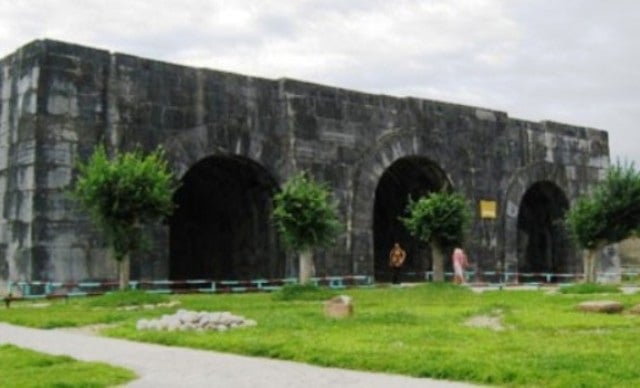
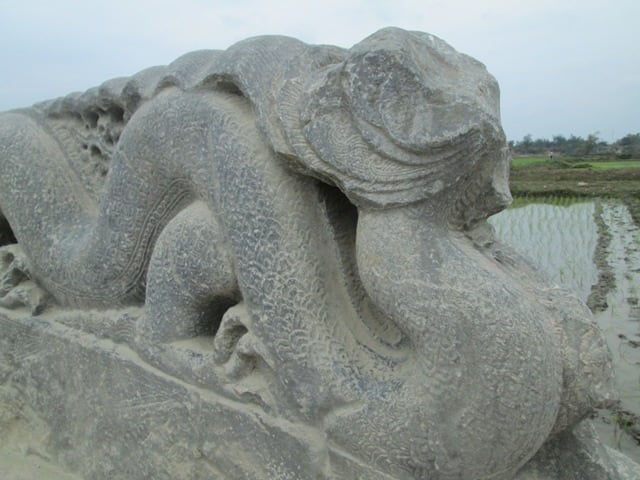
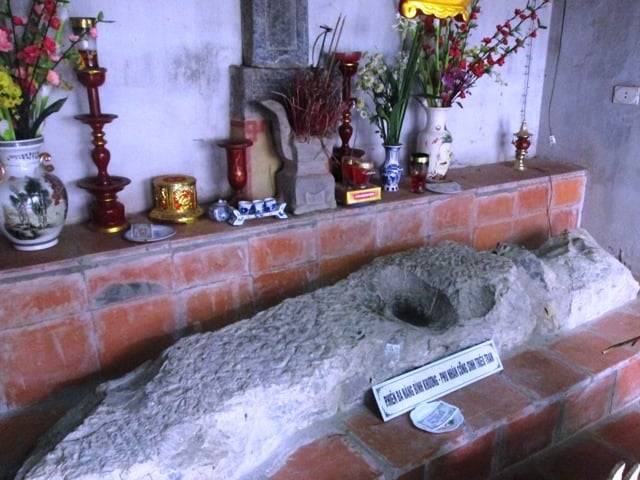
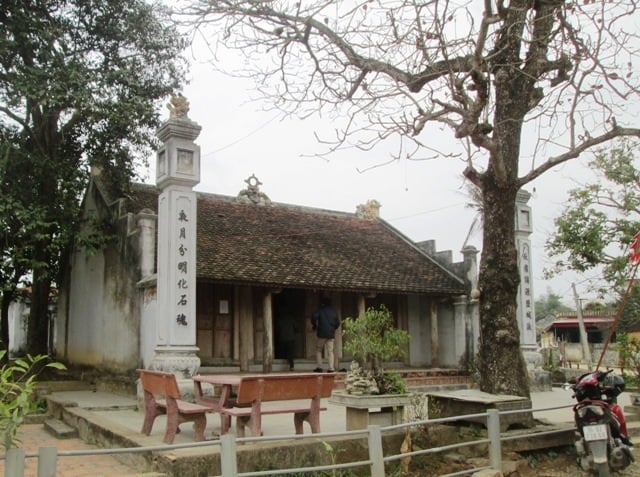
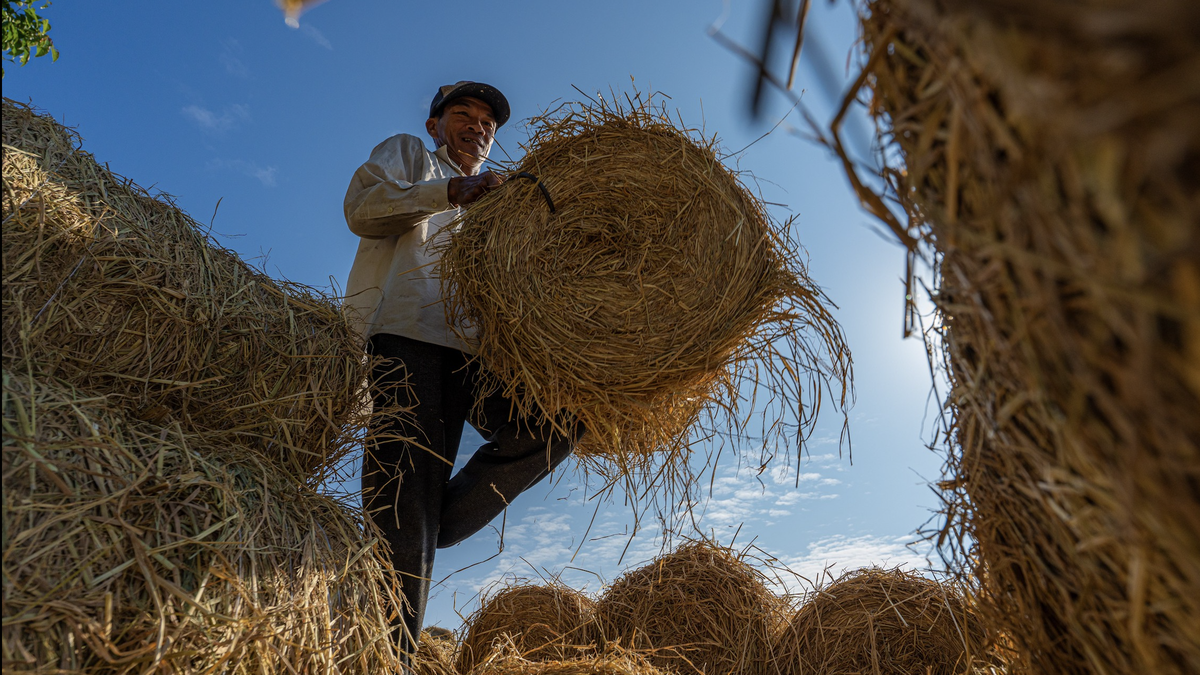

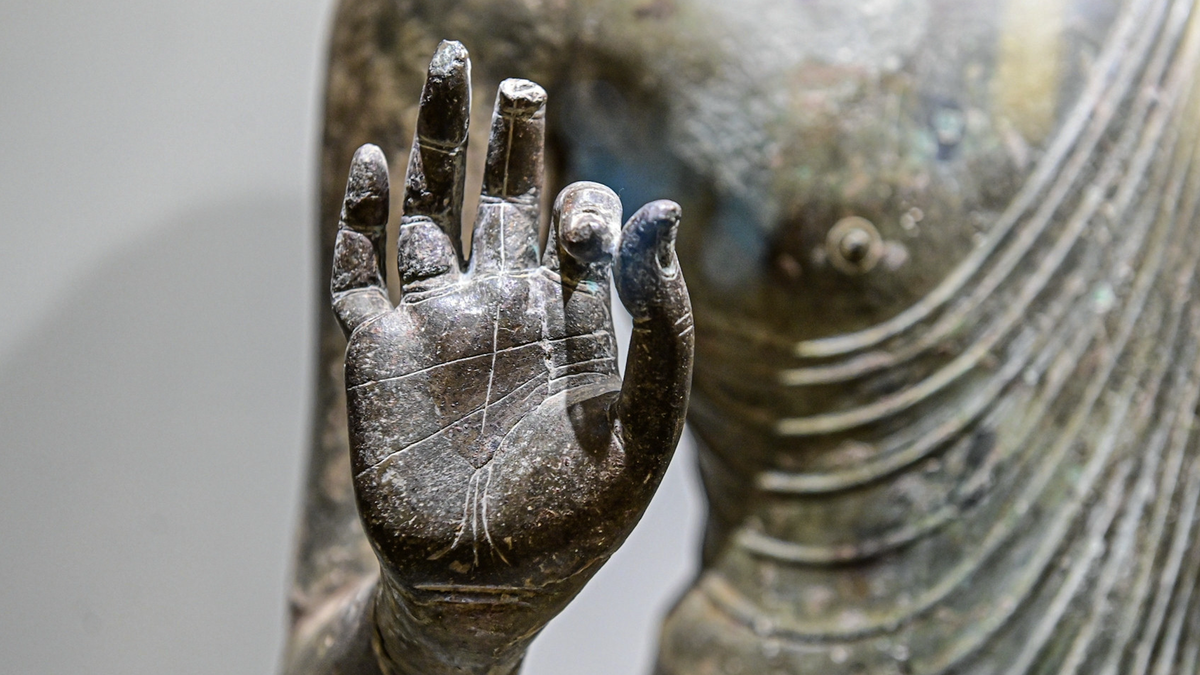



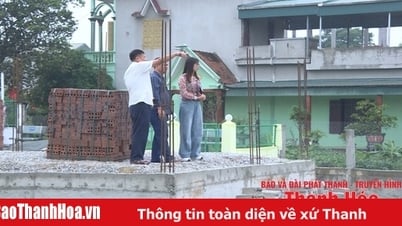



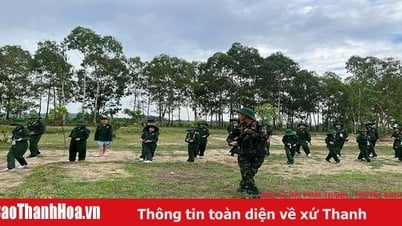

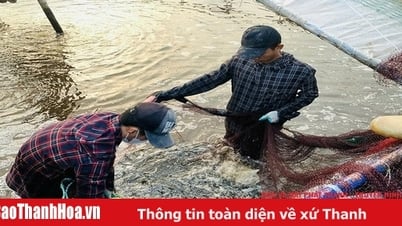





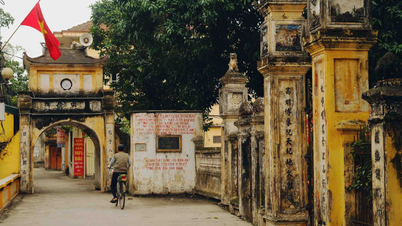














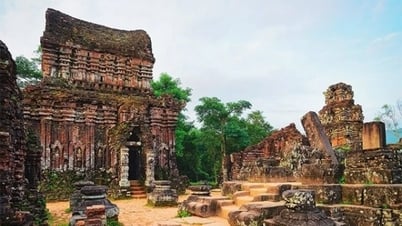

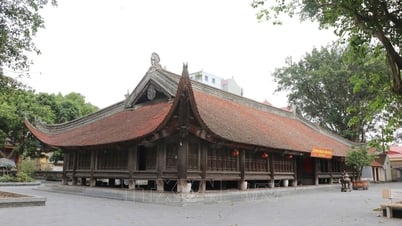



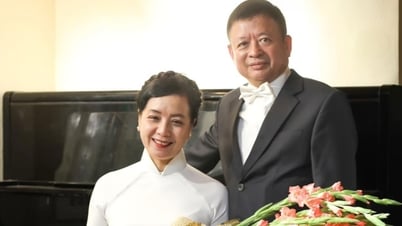



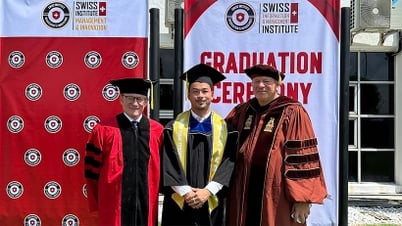




















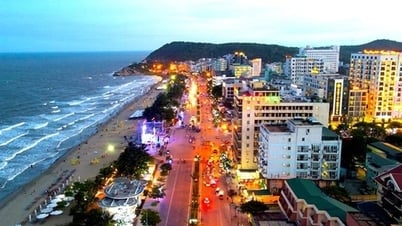









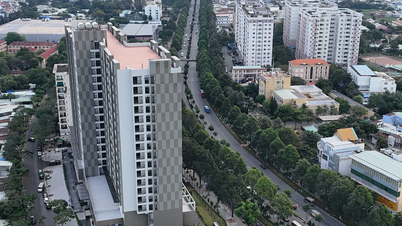
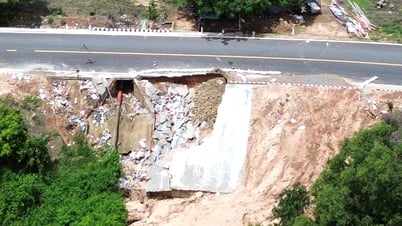

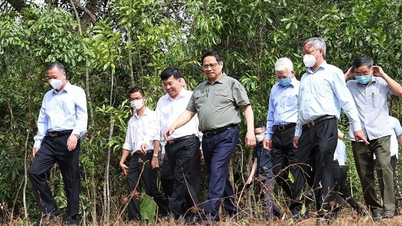





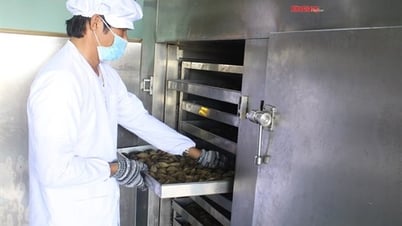







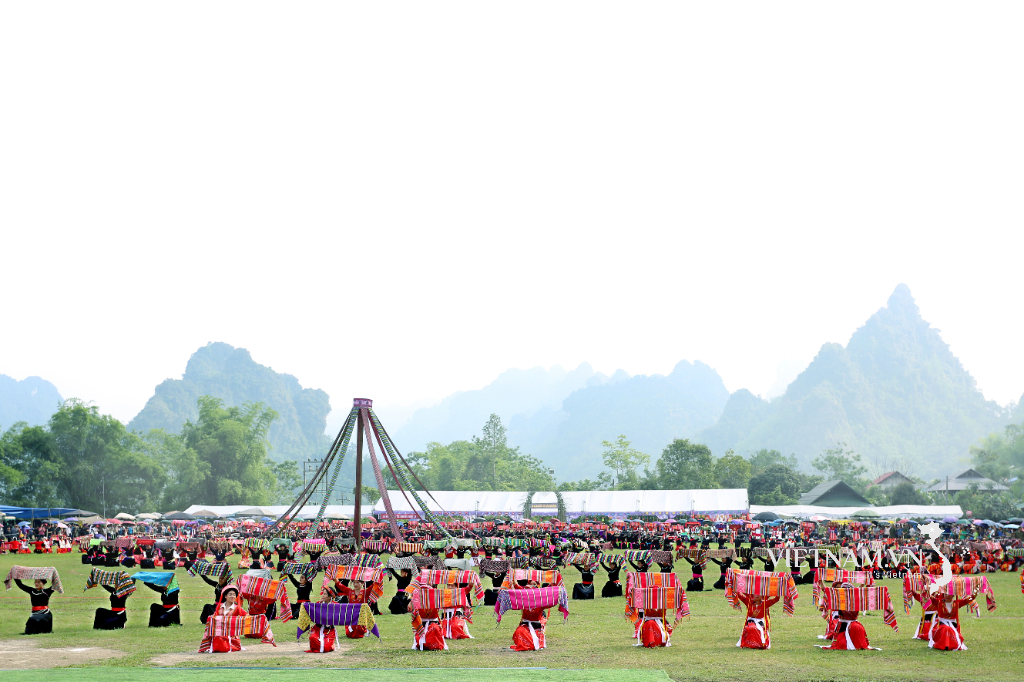

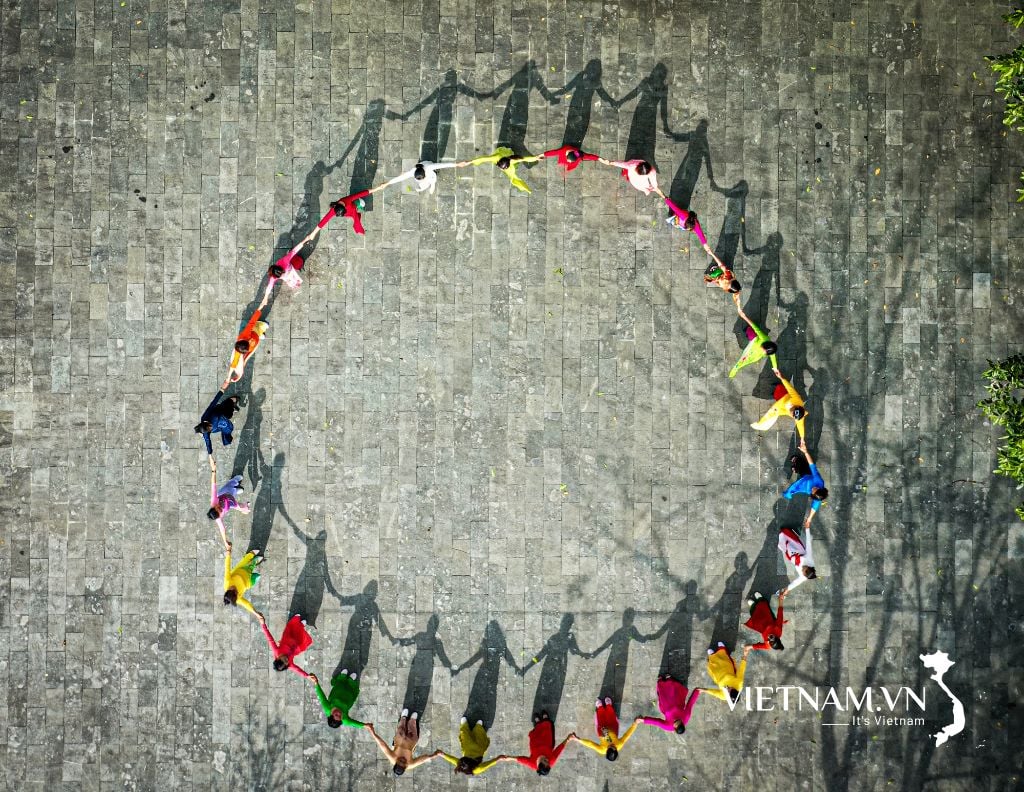
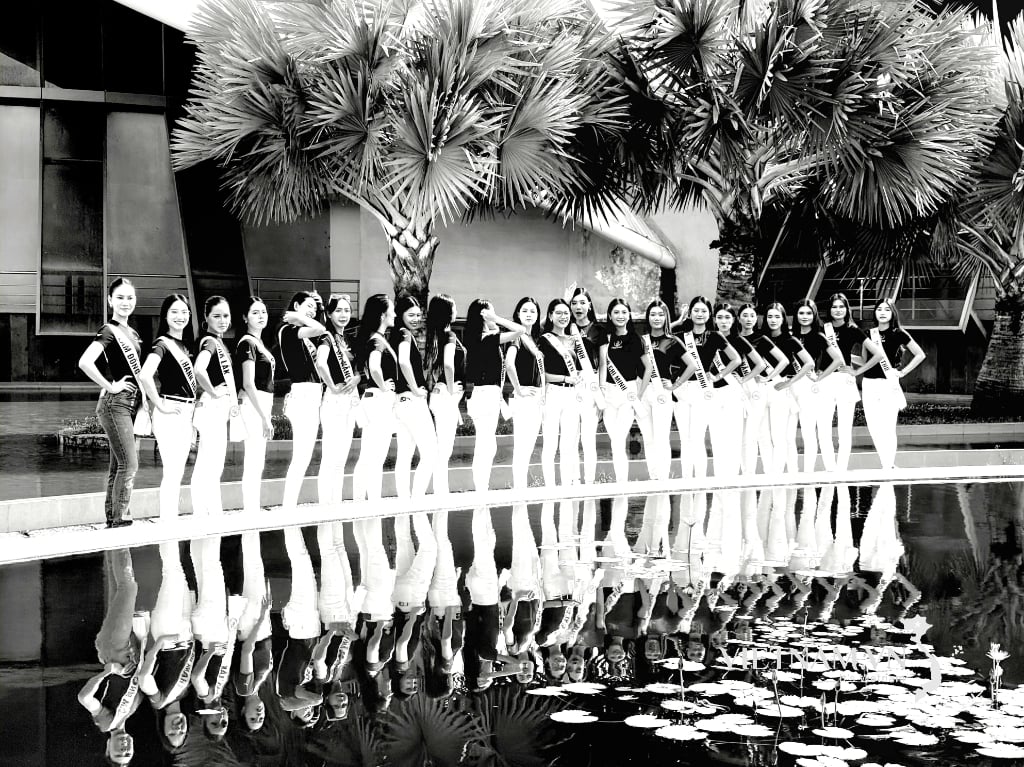
Comment (0)